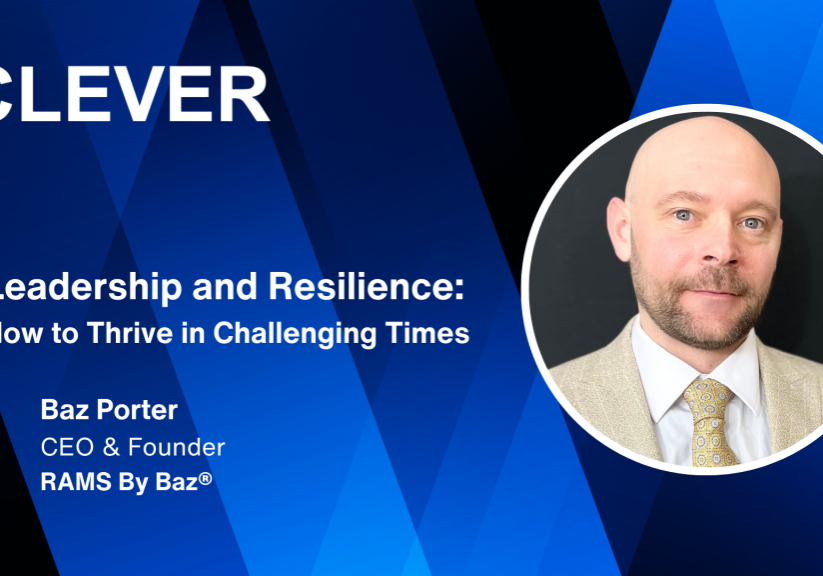
The American economy continues to heal from the devastating effects of the first wave of the coronavirus pandemic last spring, but a new wave of cases threatens prospects for sustained growth.
The Labor Department reported Friday that employers added 638,000 jobs in October, a figure that would have been larger without a drop in temporary census workers.
But the engines behind much of the gain — bars and restaurants, which added 192,000 jobs, and retailing, which picked up 104,000 — represent some of the jobs most at risk from a resurgence in coronavirus cases.
Public health experts have linked a return to indoor dining and drinking establishments with increased cases of Covid-19, and those businesses face renewed restrictions as the outbreak worsens. Cooler temperatures are already curtailing outdoor dining, a lifeline for restaurants in many parts of the country.
Similarly, if apprehensive consumers stay away from shopping centers, retail hiring could be curtailed as the year-end shopping season approaches.
Job openings have been weaker than expected as retailers gear up for the holidays, according to Daniel Zhao, senior economist at the jobs site Glassdoor. “This could point to more muted spending and hiring,” he said. And despite the recent gains, employment in the leisure and hospitality sector and among retailers is well below levels that prevailed before the pandemic.
Still, there was a notable bright spot in the October report: the unemployment rate fell to 6.9 percent from 7.9 percent.
“It’s better than expected, but we’re starting to see headwinds,” Diane Swonk, chief economist at the accounting firm Grant Thornton in Chicago, said of the report. “The drop in the unemployment rate is welcome news, but there are still over 11 million unemployed workers.”
Unemployment rate
After strong gains in the third quarter, the pace of economic growth has eased as federal relief measures enacted at the pandemic’s onset have begun to expire. Prospects of another round of aid have faded with Democrats and Republicans at odds over the size of the package.
The Labor Department report also underscored the uneven nature of the pandemic-induced recession and subsequent recovery, in which low-wage employees have fared far worse than more highly skilled workers.
In October, the unemployment rate for high school graduates stood at 8.1 percent, while joblessness among college graduates was 4.2 percent.
“Low wage-workers have just been decimated,” Ms. Swonk said. “They are most at risk of falling into the ranks of the impoverished.”
Indeed, even as the unemployment rate has come down, joblessness for many has become more prolonged. The Labor Department said the number of long-term unemployed — those without work for 27 weeks or more — grew to 3.6 million in October, an increase of 1.2 million.
Share of unemployed who have been out of work 27 weeks or longer
One-third of all unemployed workers now fall into the long-term category, the highest share since 2014. That could also spell trouble ahead, because the long-term unemployed often find it more difficult to find work again even as jobs become available.
What’s more, the government reported the number of people accepting part-time jobs because full-time work was unavailable grew by 383,000, to 6.7 million, an indication of increasing desperation.
Millions of unemployed workers have had a harder time paying bills since an emergency federal program providing $600 a week in additional benefits expired at the end of July. Another set of federal jobless benefits will last only through the end of the year.
The Economic Policy Institute, a left-leaning research group, estimates that more than 30 million workers have lost jobs or had their hours or pay reduced in the coronavirus-related downturn.
With the Senate remaining in Republican hands, as election returns suggest, any further relief will probably be more modest than the multitrillion-dollar package that seemed likely if a “blue wave” had given Democrats control of Congress and the White House. As a result, Carl Tannenbaum, chief economist at Northern Trust in Chicago, has cut his estimate of growth next year by a full percentage point.
“The good news is that the U.S. job market is healing,” Mr. Tannenbaum said. “But full recuperation may take awhile.”
Unemployed Americans are gradually returning to the job market, with the labor force growing by 724,000 in October. The employment-population ratio, the share of adults who are working, rose to 57.4 percent from 56.6 percent in September — though it was still far short of the 61.2 percent recorded a year earlier.
Nicole Zappone of Naugatuck, Conn., is one of the lucky ones, after having returned to work in August following a harrowing six months of unemployment.
“It was the worst part of my life,” said Ms. Zappone, 30, who took to reading novels by James Patterson and Michael Connelly to get through each day’s lonely hours. “I’ve been working since I was 14, and this was the first time I was laid off. And it was hard to comprehend.”
In years past, she had worked in a consignment shop and done babysitting and dog walking. Finding work had never been hard — until now.
Indeed, when she was let go as a substitute teacher in Waterbury, Conn., in March, she had no idea how severe the impact of the virus and the ensuing lockdown would be. By summer, she was applying for job after job on Indeed.com with no response.
“I felt like a failure, even though I knew it was beyond my control,” she said. “I can’t tell you how many jobs I applied for.”
When she got a nibble from a local information technology company for a public relations job, she couldn’t believe her luck. One week after a phone interview, she was hired for a 20-hour-a-week position that she hopes will become full time. She is working from home and has been in the office only once — to sign her contract.
“I love it,” she said. “I get to use my passion for writing and talk to people from all over the country.”
For others, regaining a job has been a bigger challenge.
Jodi Jackson, 57, worked as a buyer for J.C. Penney at the company’s headquarters in Plano, Texas, until she was laid off in April 2019. She has looked for a job as a buyer at other chains, with no success. And she has considered moving into another field.
“I could do sales, and I’ve tried to switch, but unless you know somebody, it’s hard to get an interview,” Ms. Jackson said.
“I was born to be a buyer,” she added. “I would buy screws and nails for Home Depot at this point.”
Ms. Jackson worked for the Census Bureau for three months, but that job ended last month. “I don’t live above my means,” she said. She sold her condominium in Ann Arbor, Mich., before moving to Plano in 2019, she said, and has mostly been living off the proceeds of that sale. (She collected unemployment benefits after her J.C. Penney layoff, and may do so again based on the loss of the census job.)
She took a temporary job as a cashier at Macy’s during the holiday rush last year. “It was only $9.45 an hour, which was a fraction of what I earned at J.C. Penney,” she said. “But I wanted to work and to be around people. And retail is something I know.”
Ms. Jackson has ruled out another holiday season at Macy’s because the pay is too low. And despite the industry’s worsening problems, she hasn’t given up hope. On Wednesday, a retailer based in Plano asked her to come in for a third interview next week.
“I feel really positive,” she added. “I’m going to get a job.”
Jeanna Smialek contributed reporting.












